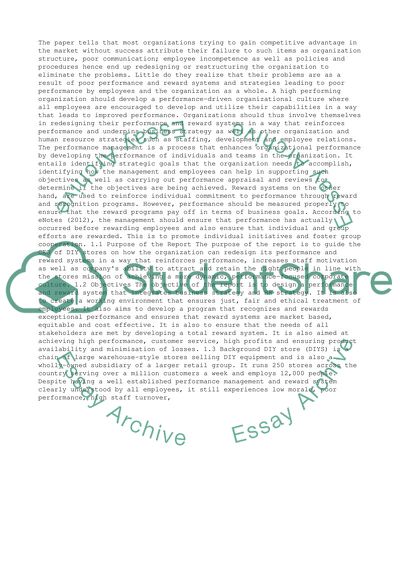Cite this document
(“Guiding Principles to Rewarding Performance and Performance And Reward Essay”, n.d.)
Retrieved from https://studentshare.org/business/1395824-hr-manager-of-diy-store
Retrieved from https://studentshare.org/business/1395824-hr-manager-of-diy-store
(Guiding Principles to Rewarding Performance and Performance And Reward Essay)
https://studentshare.org/business/1395824-hr-manager-of-diy-store.
https://studentshare.org/business/1395824-hr-manager-of-diy-store.
“Guiding Principles to Rewarding Performance and Performance And Reward Essay”, n.d. https://studentshare.org/business/1395824-hr-manager-of-diy-store.


